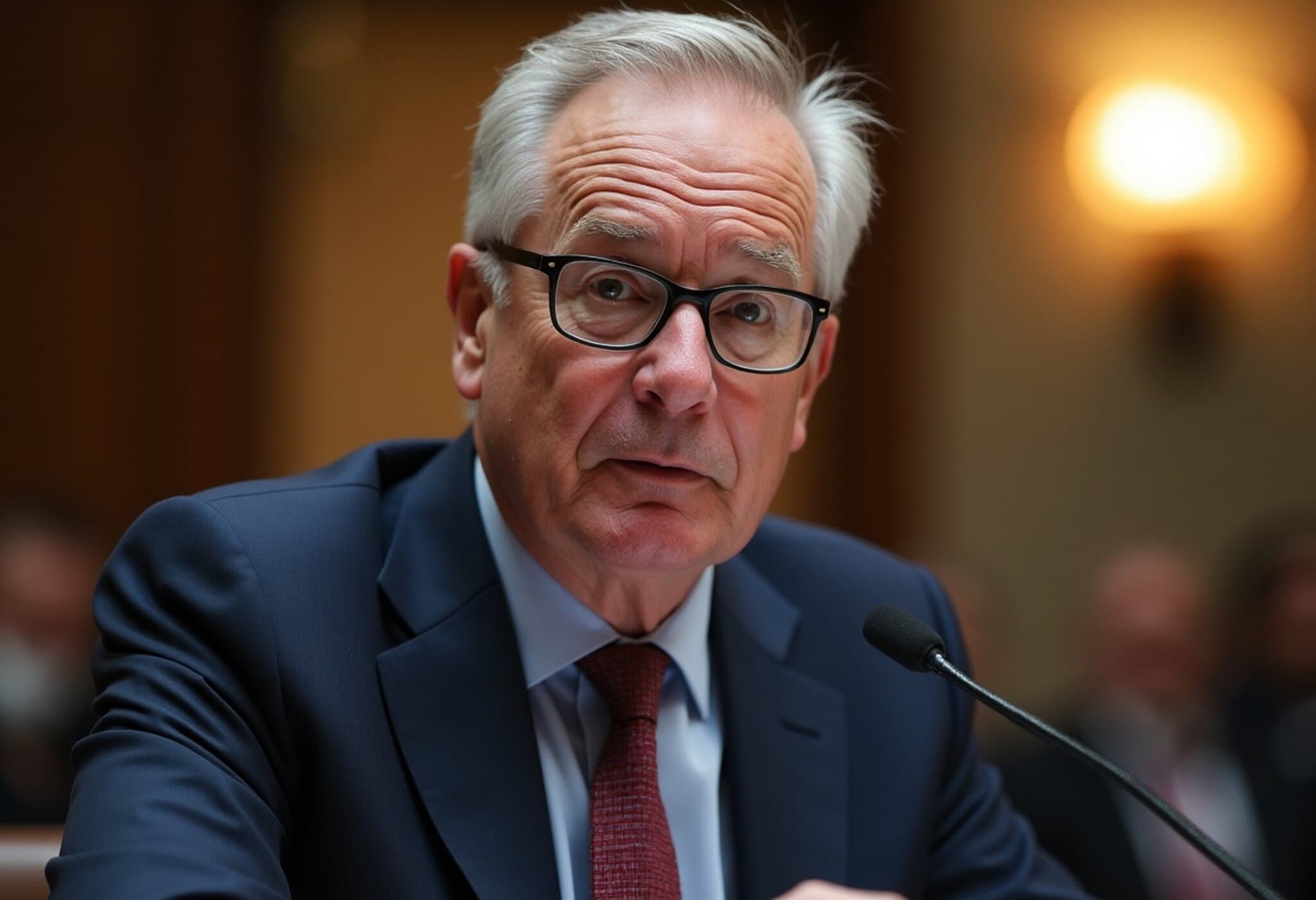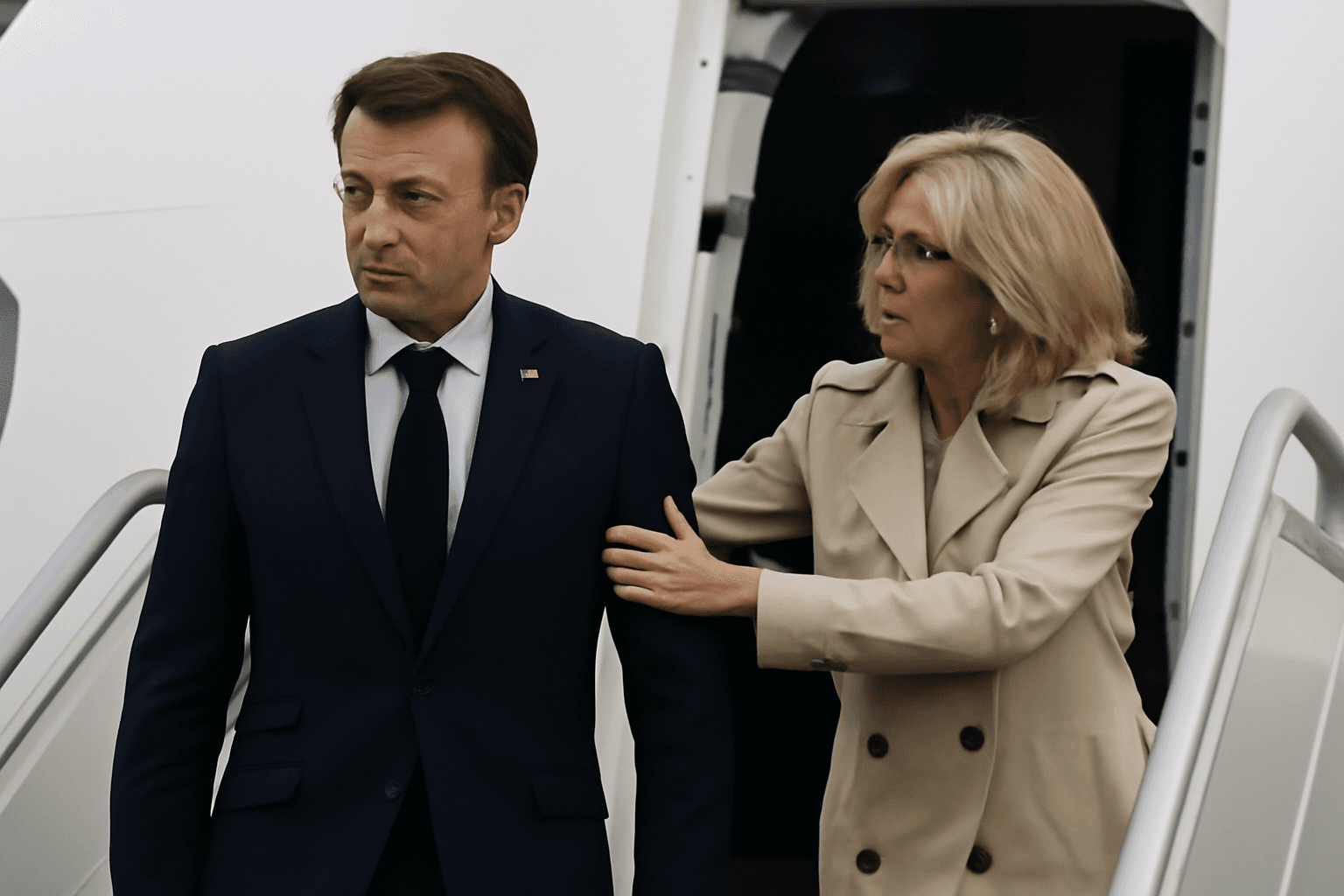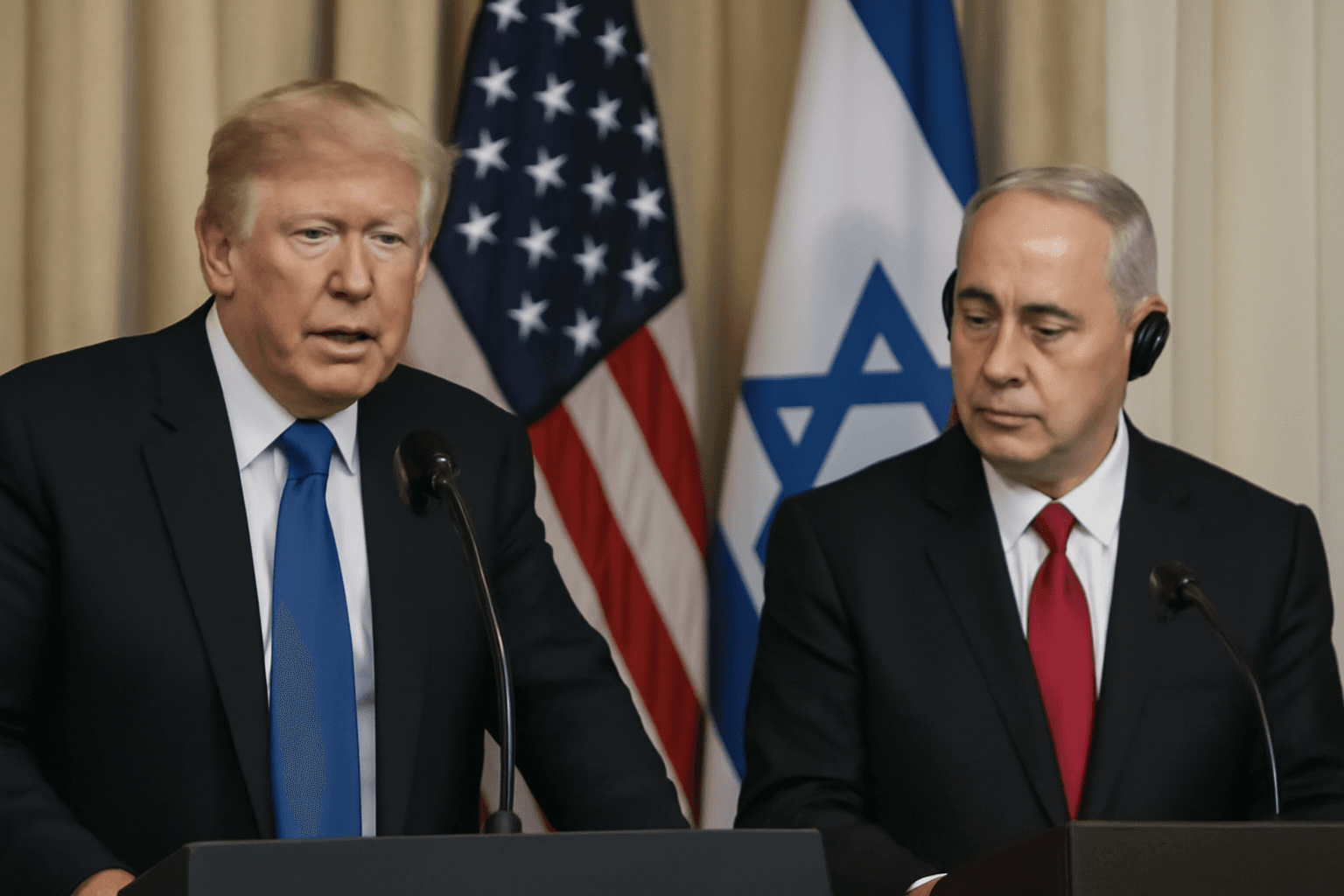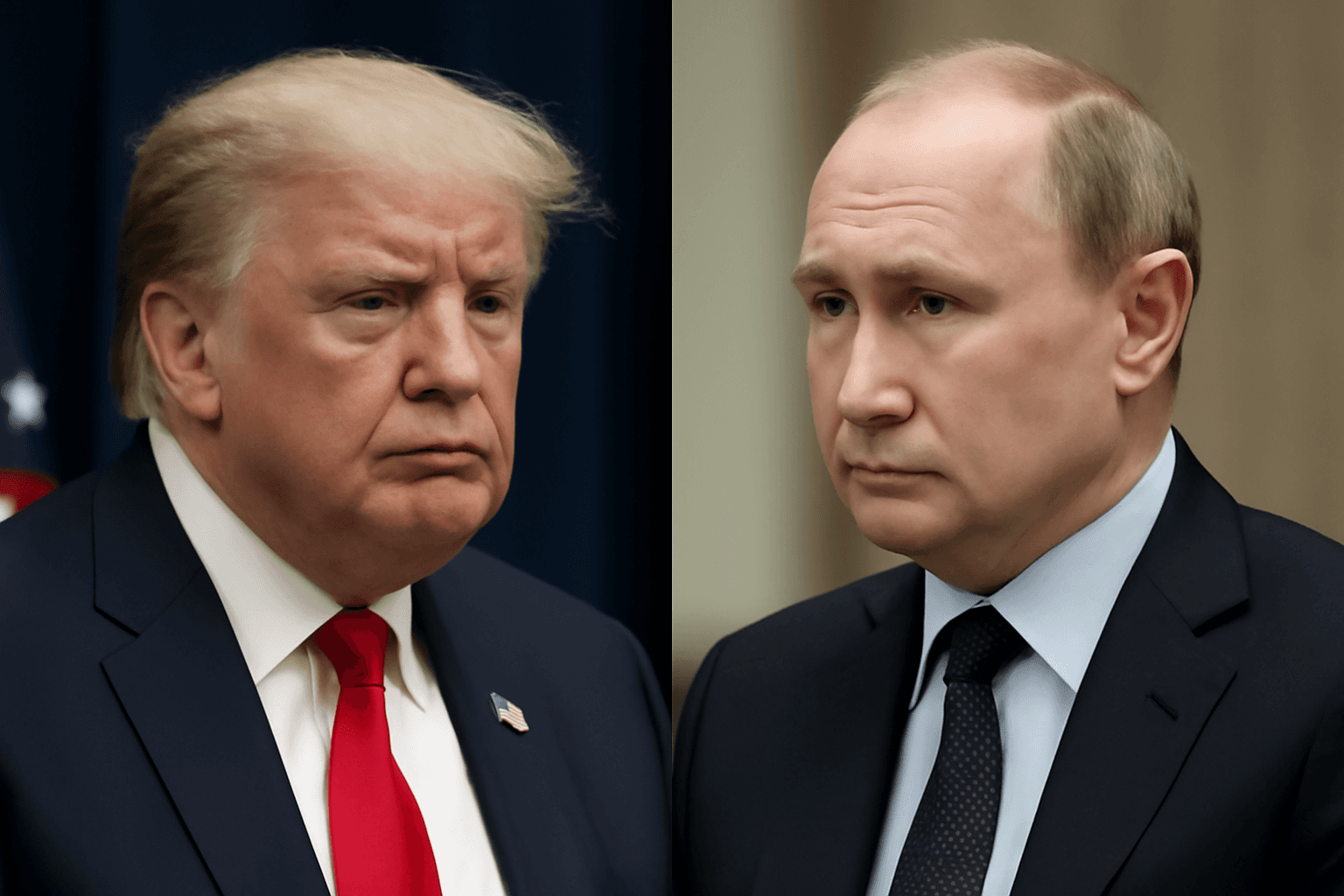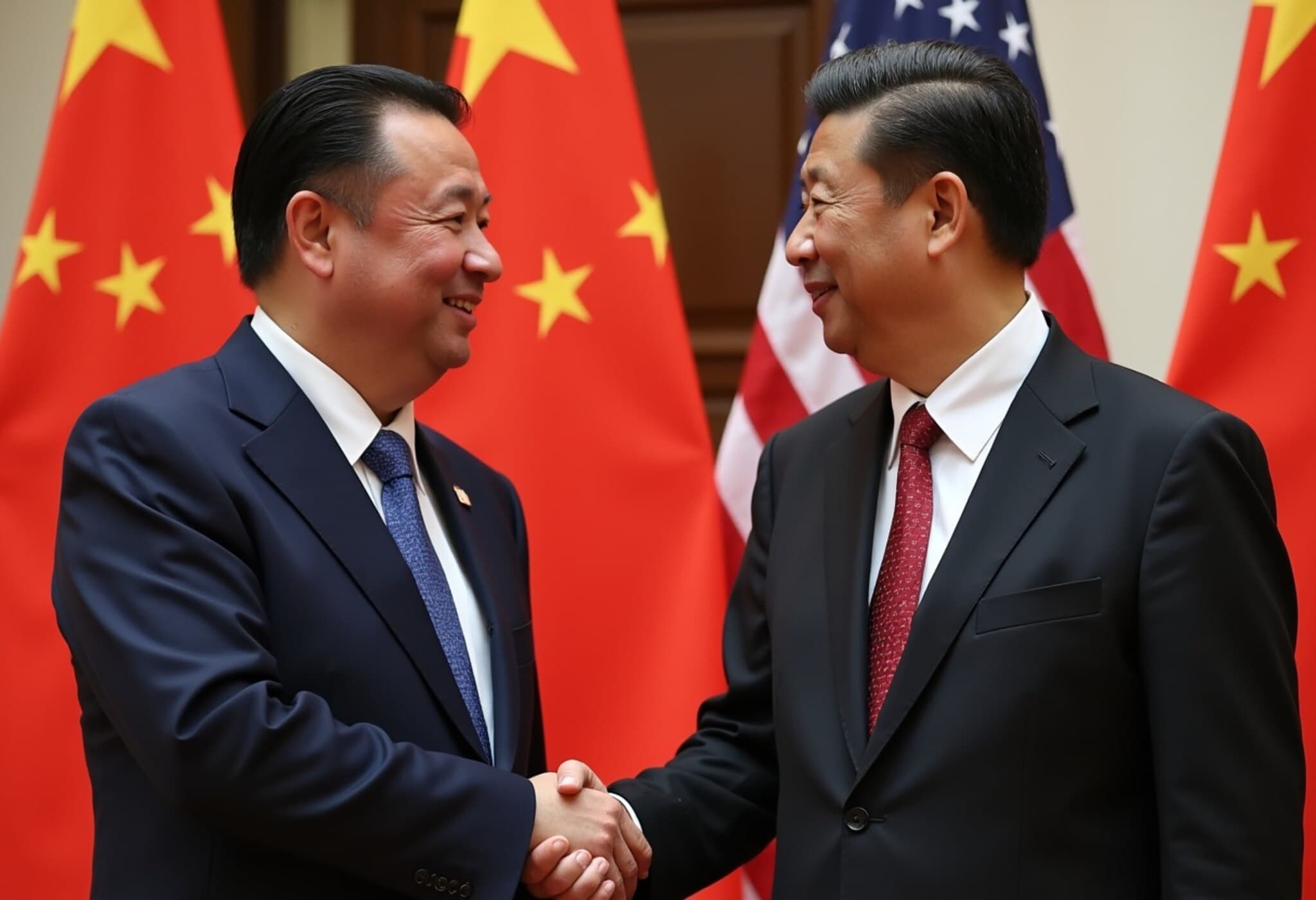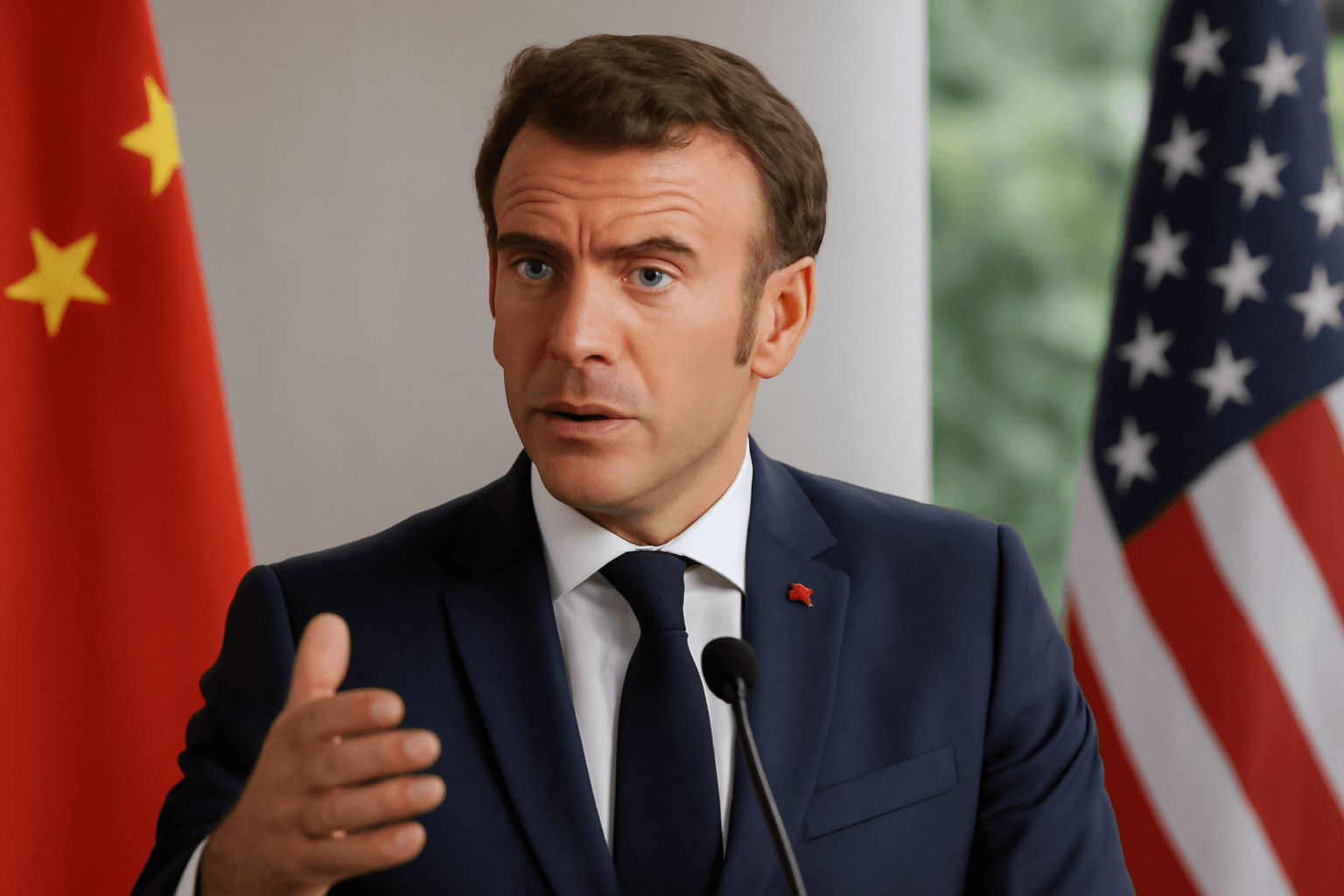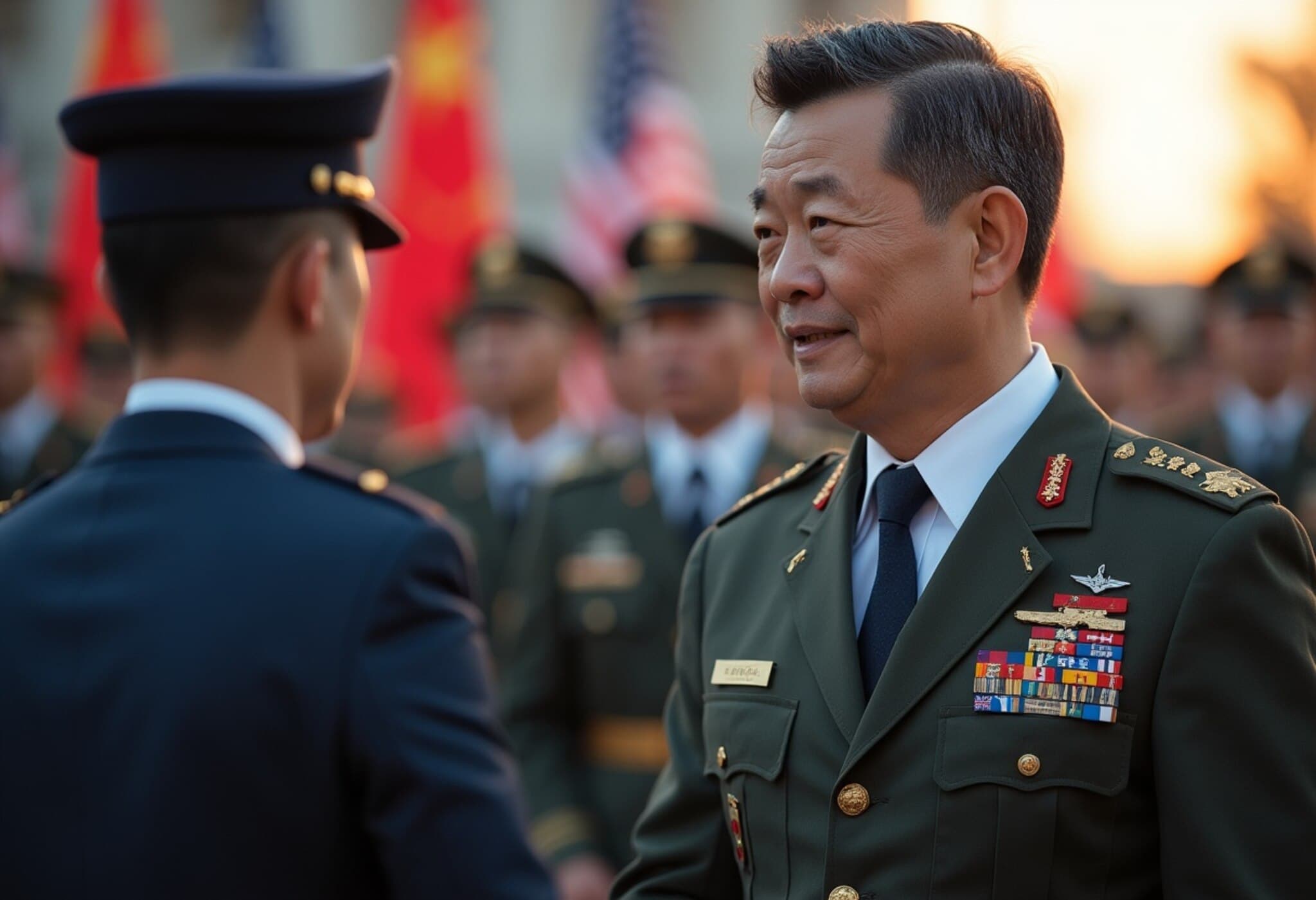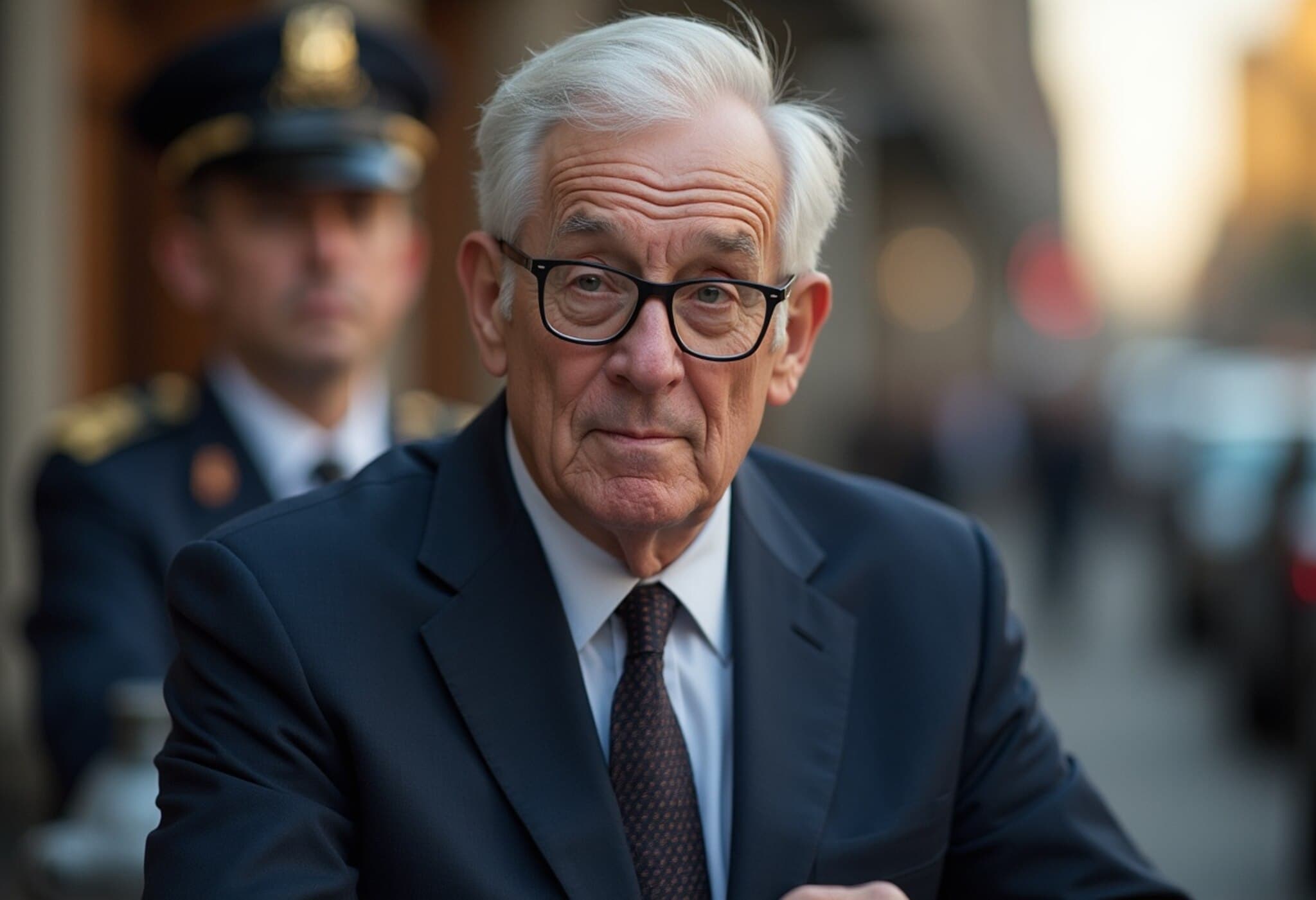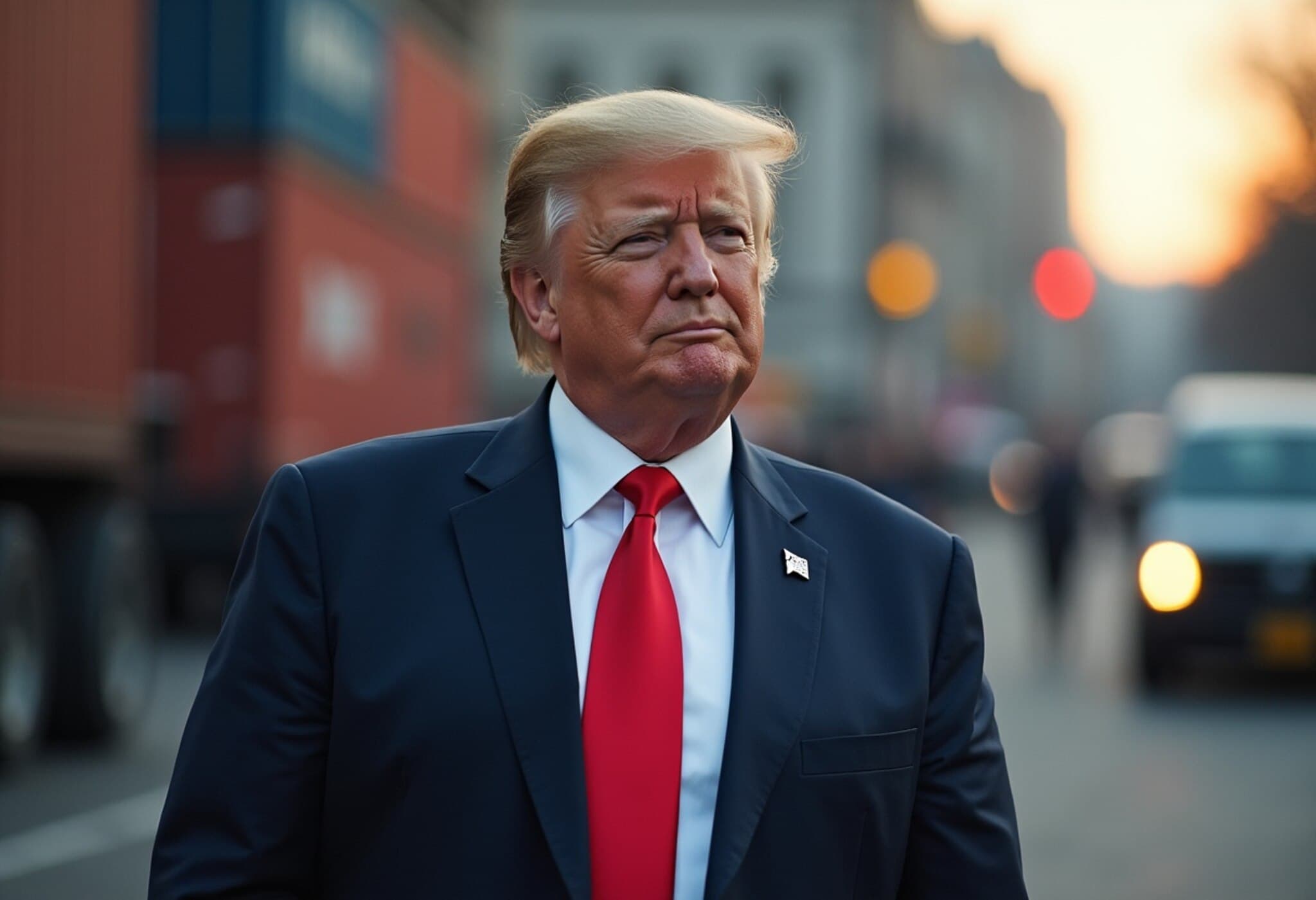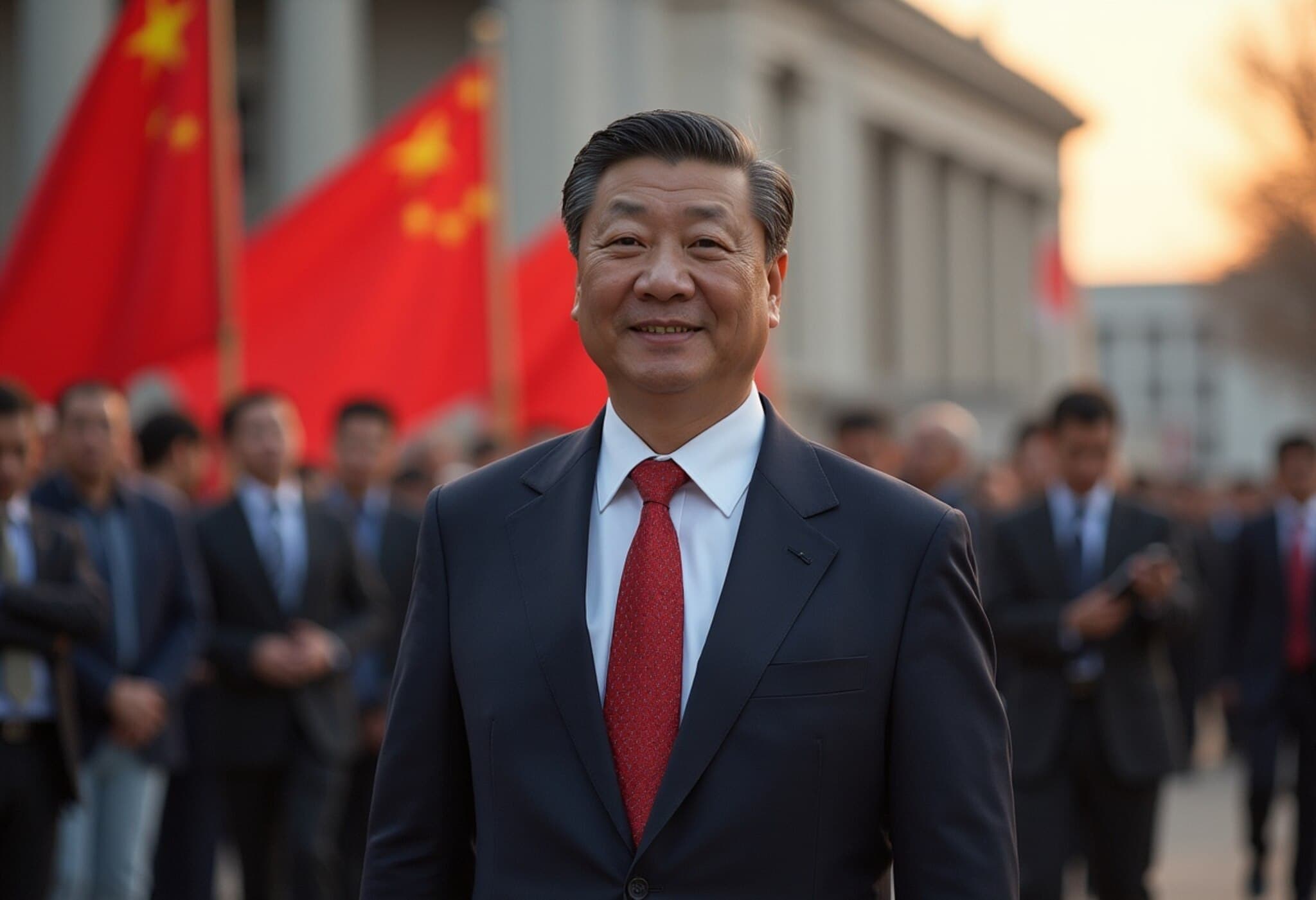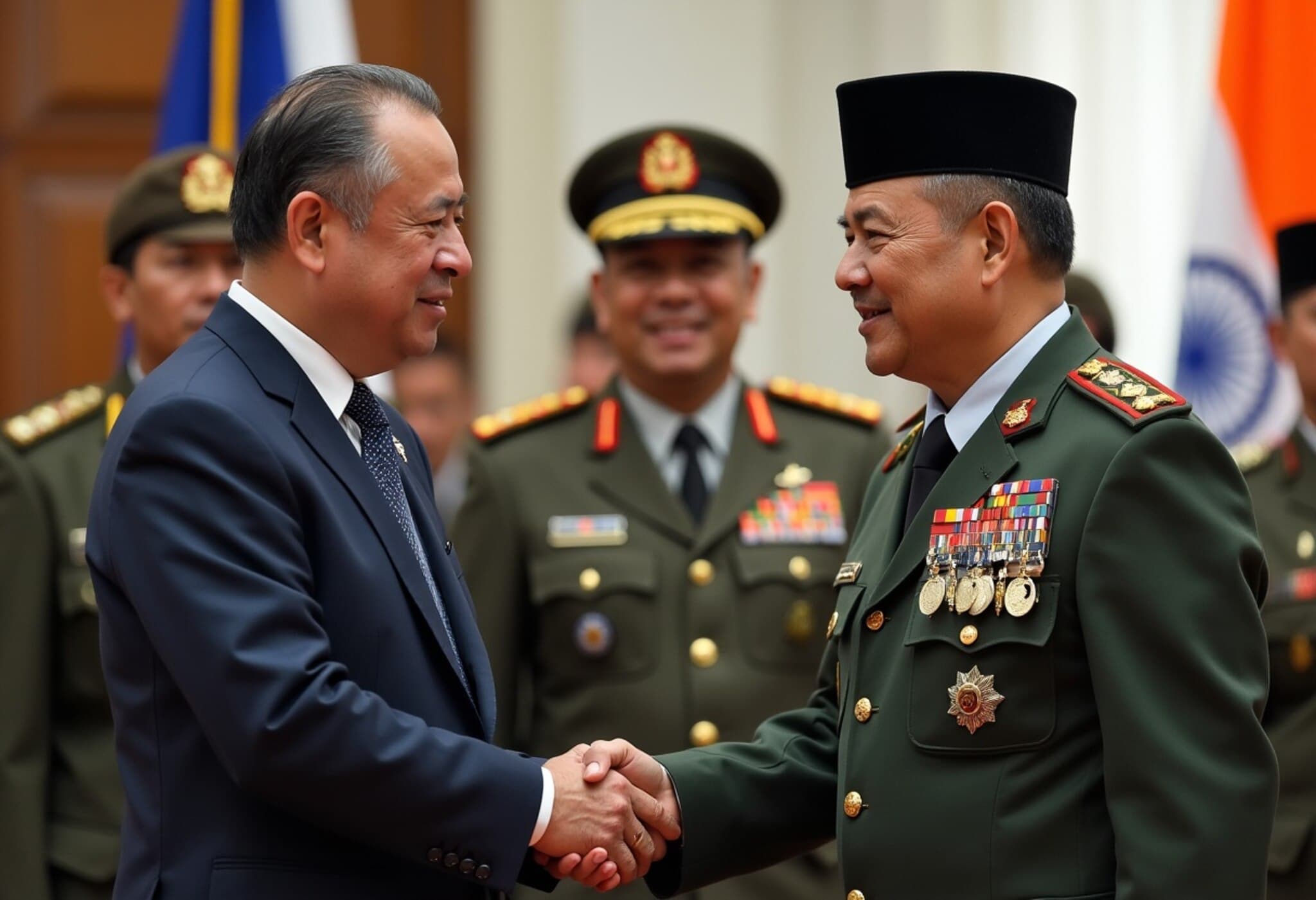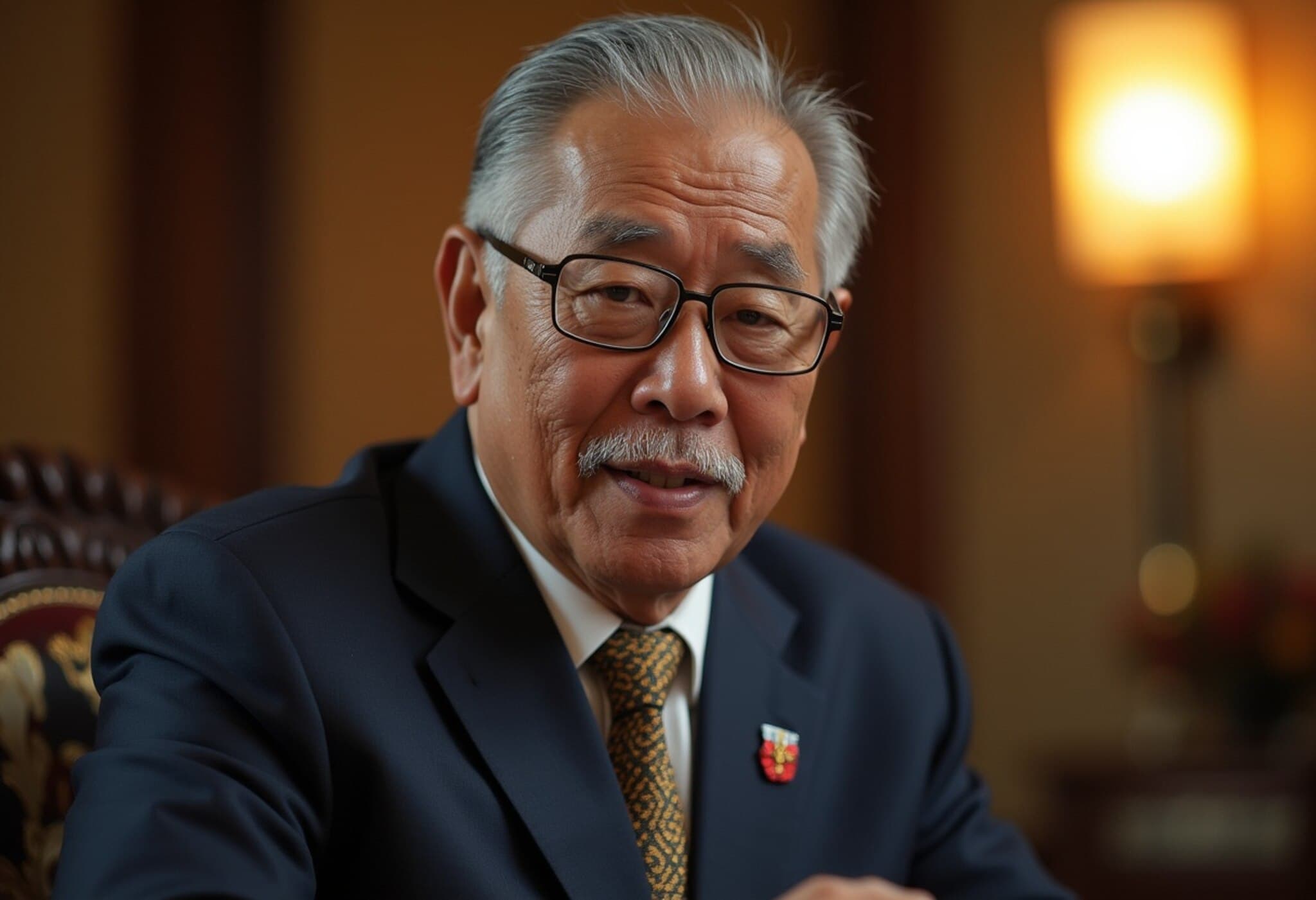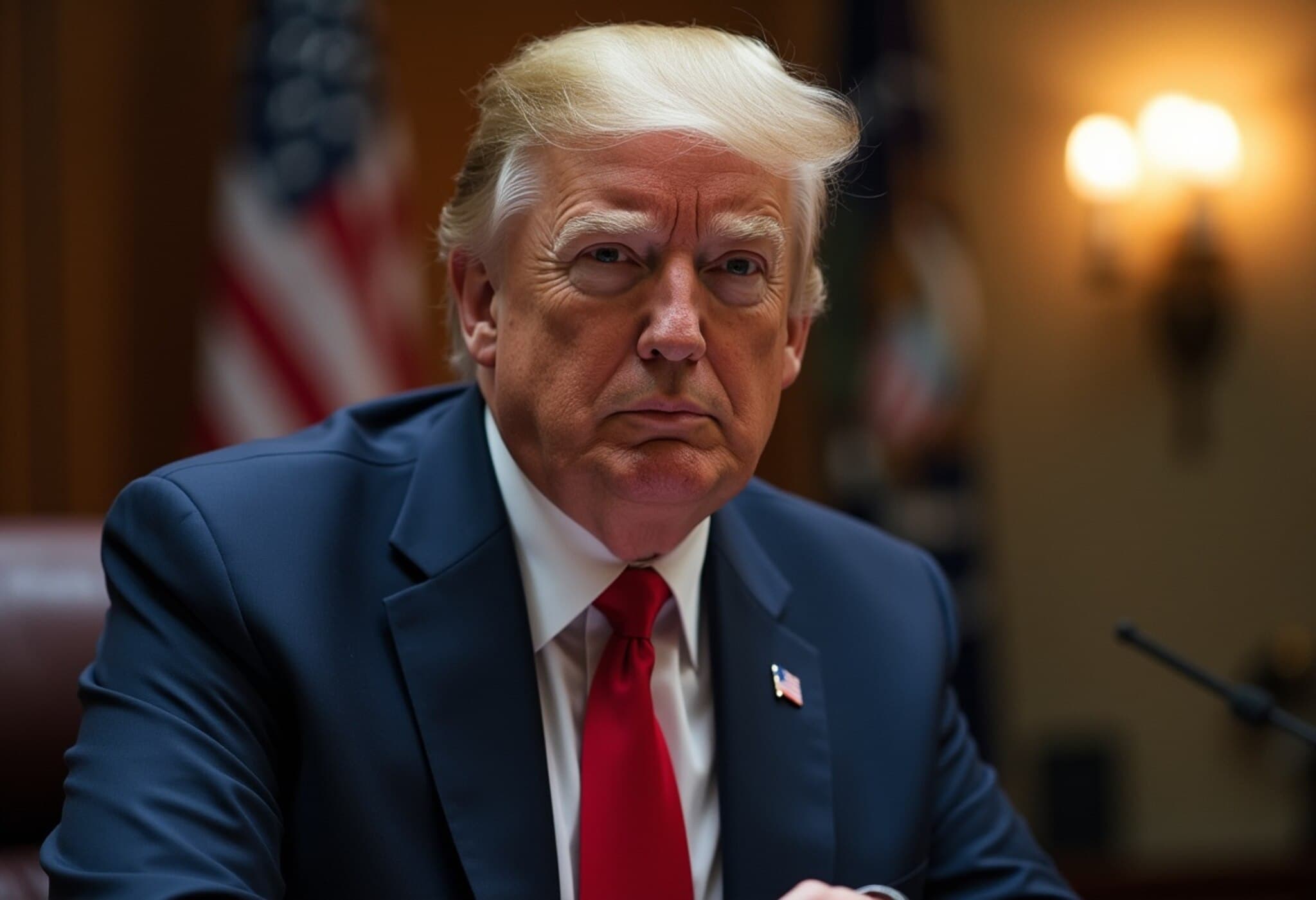Australia’s Defence Stance Under Scrutiny Amid Rising Indo-Pacific Tensions
Washington, July 19, 2025 – In the charged atmosphere of escalating strategic competition in the Indo-Pacific, former Australian Prime Minister and current ambassador to the United States, Kevin Rudd, has publicly, and forcefully, responded to recent calls from Washington urging Canberra to intensify its military contributions to counter China’s growing influence.
Australia’s Defence Efforts: Recognized But Contested
Speaking at the Aspen Security Forum, Rudd challenged assertions from some corners of the US administration that Australia must "step up" its defence spending and strategic commitments. Drawing on his 2009 defence white paper — a pioneering document that first spotlighted the rise of China as a security concern — he emphasized that Australia has long been proactive in recalibrating its defence posture to address these challenges.
"Without saying ‘we told you so,’ we did," Rudd remarked in response to questions about whether Australia should accelerate its defence budget increases following recent Chinese military drills. He underscored that Australia’s government has been strategically realigning resources, including boosting the Royal Australian Navy and progressing toward acquiring nuclear-powered submarines through the AUKUS pact.
Close US-Australia Naval Integration and Strategic Alignment
Highlighting the robust naval cooperation between the two nations, Rudd stated, "We are cheek by jowl with the United States in the Indo-Pacific. We know what new capabilities are required. We’re investing in those capabilities." This close collaboration, he argued, positions Australia as a key pillar within the collective defence architecture confronting challenges posed by Beijing.
The US Push for Greater Defence Commitment: Context and Implications
The current US administration has urged Australia — along with other regional allies such as Japan — to clarify their military roles in potential conflicts involving Taiwan and the broader Indo-Pacific area. Pentagon officials, including defence undersecretary Elbridge Colby, have been reviewing the AUKUS submarine deal and pressing Australia to increase defence spending to approximately 3.5% of GDP — a significant jump from the current approximate 2%.
Rudd, speaking in a personal capacity, critiqued the US measurement framework for defence spending, suggesting Australia’s methodology yields a figure closer to 2.5%, reflecting substantial investments not always captured by US accounting standards. "Australia has been well north of the 2 per cent line for a very long period of time," he affirmed, underscoring Canberra’s sustained commitment amid global defence funding disparities.
Broader Geopolitical Analysis: Perspectives from US Officials
Former US Ambassador to China, Nicholas Burns, shared a sobering perspective, labeling China's military assertiveness and expanding global economic reach as a strategic challenge that transcends the Indo-Pacific. "We have to raise our game," Burns stated emphatically, spotlighting China’s extensive influence spanning from South America to Africa, Central Asia, and Southeast Asia.
Meanwhile, Mike Green, CEO of the Sydney-based United States Studies Centre, pointed to political dynamics affecting US alliances. He noted that aggressive US trade policies and tariff threats under previous administrations have complicated cooperation, warning, "No government is going to enter big agreements without knowing if they might face 25 per cent, 45 per cent tariffs." According to Green, such economic friction has slowed the pace of defence collaboration.
What This Means for Australia and the Region
- Strategic Preparedness: Australia remains a frontline state in balancing China’s regional ambitions with US-led security commitments.
- Defence Spending Debate: The contest over how to measure and meet defence spending targets surfaces wider questions about burden-sharing and alliance politics.
- Regional Stability: Clear roles and commitments from allies are critical to deterrence but must be balanced against domestic political and economic considerations.
Editor's Note
Kevin Rudd’s candid pushback underscores the complexity of alliance dynamics amid US-China rivalry. Australia’s nuanced defence strategy reflects both its geographical realities and historical caution in escalating military commitments. Going forward, important questions linger: Can Australia and its allies forge greater unity without triggering economic backlash? How will divergent definitions of “defence spending” affect NATO-like cohesion in the Indo-Pacific? Most crucially, how will Australia balance its strategic autonomy while remaining a steadfast partner? Readers should watch closely the unfolding negotiations over AUKUS and regional commitments — they will shape the Indo-Pacific’s strategic landscape for decades.

